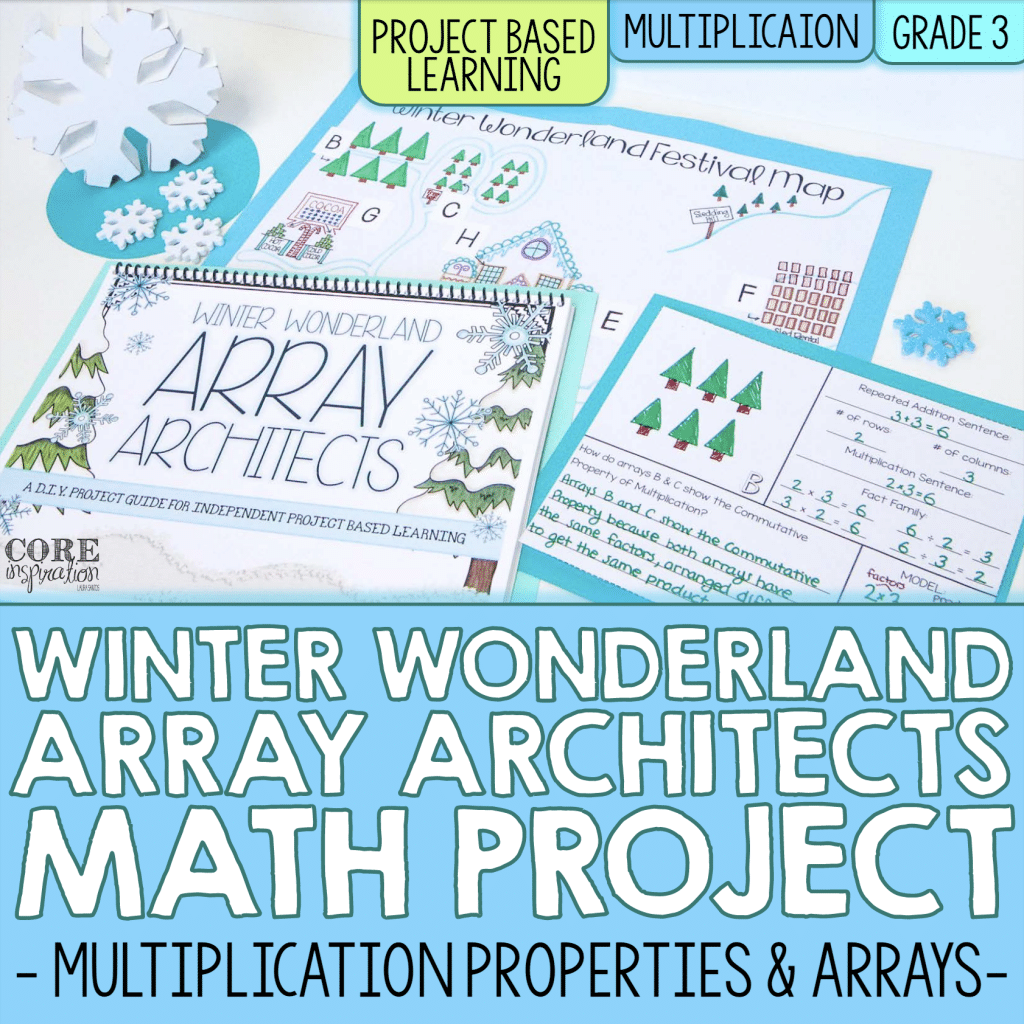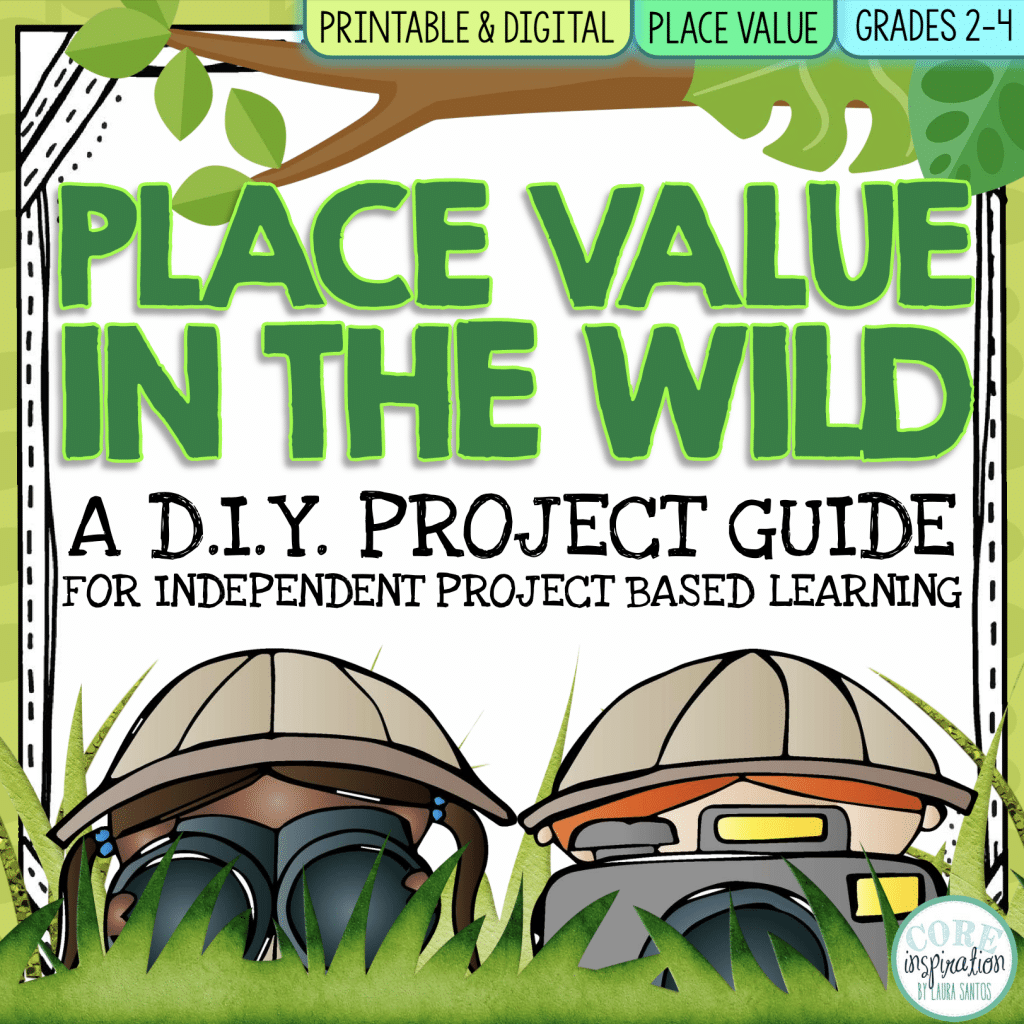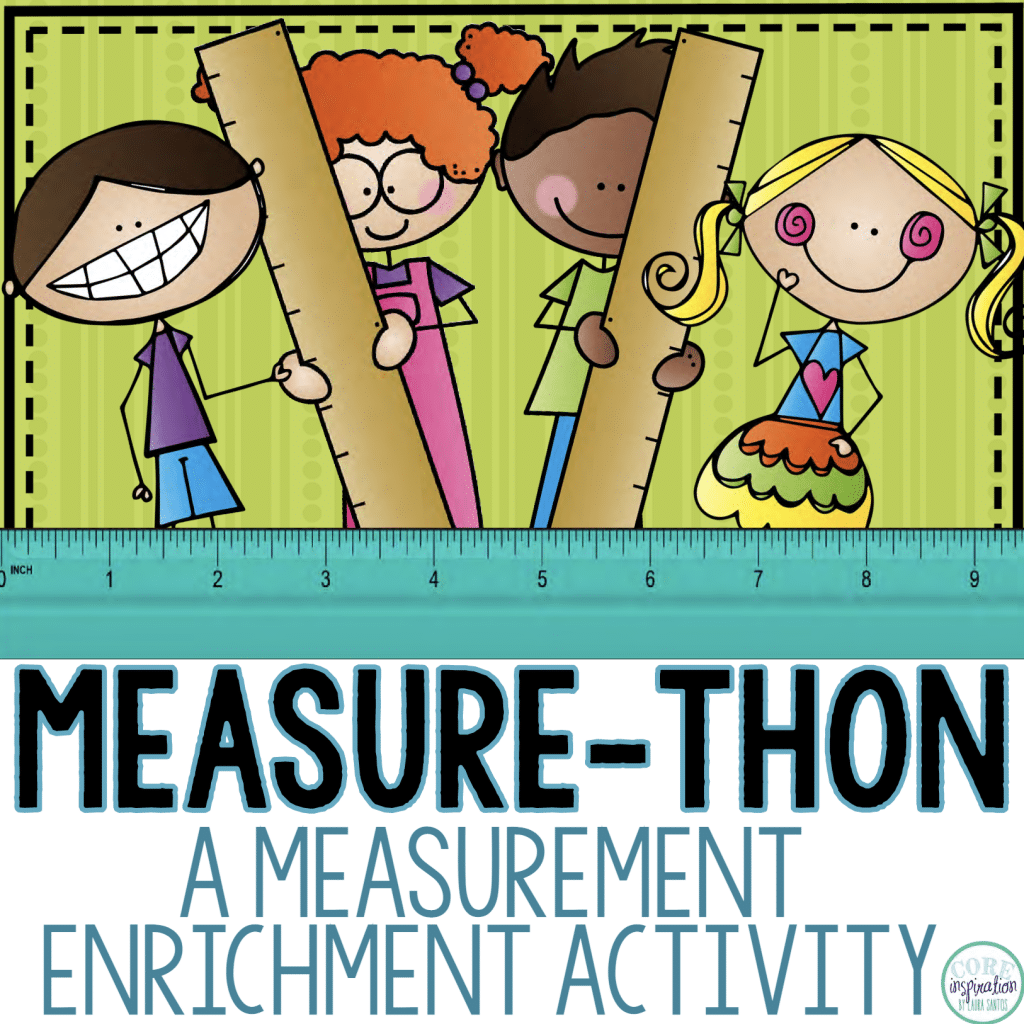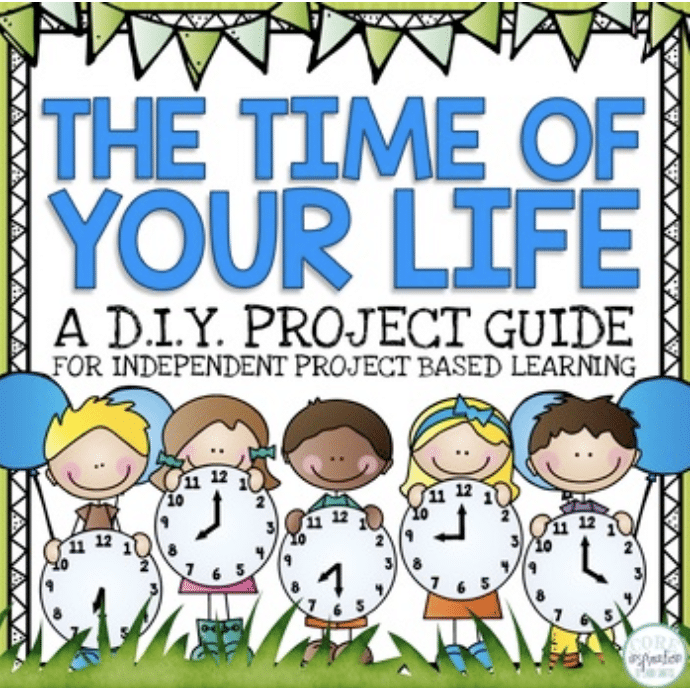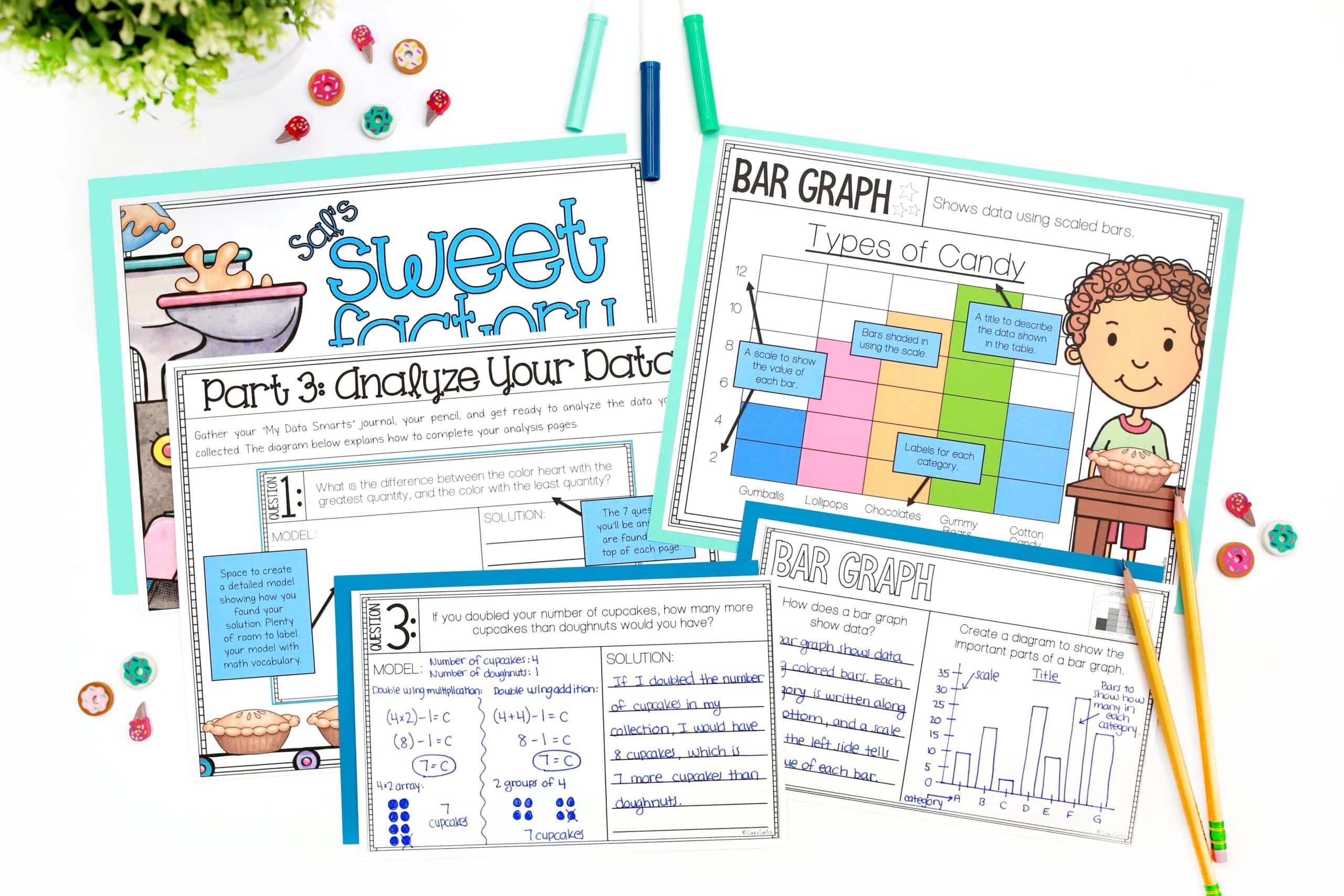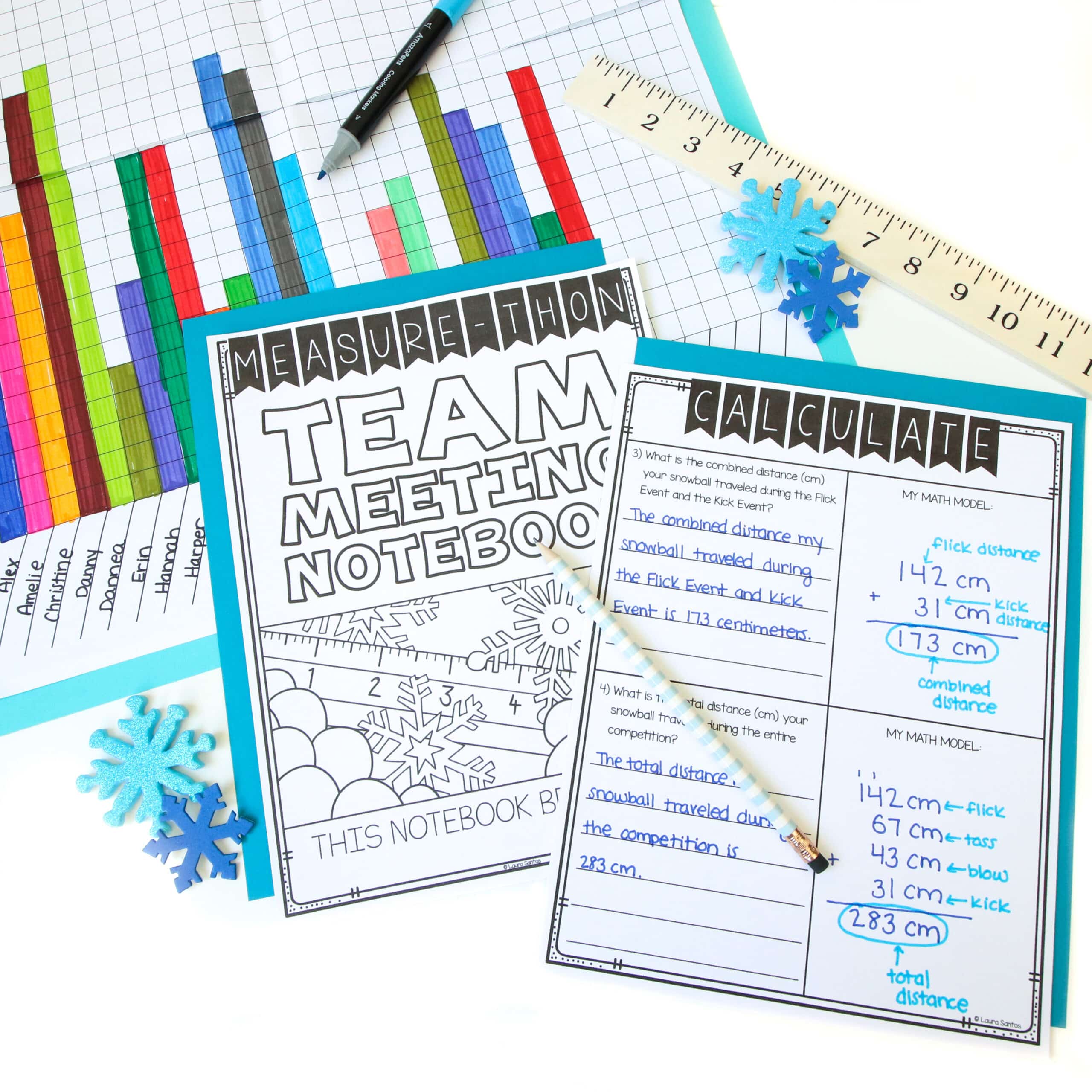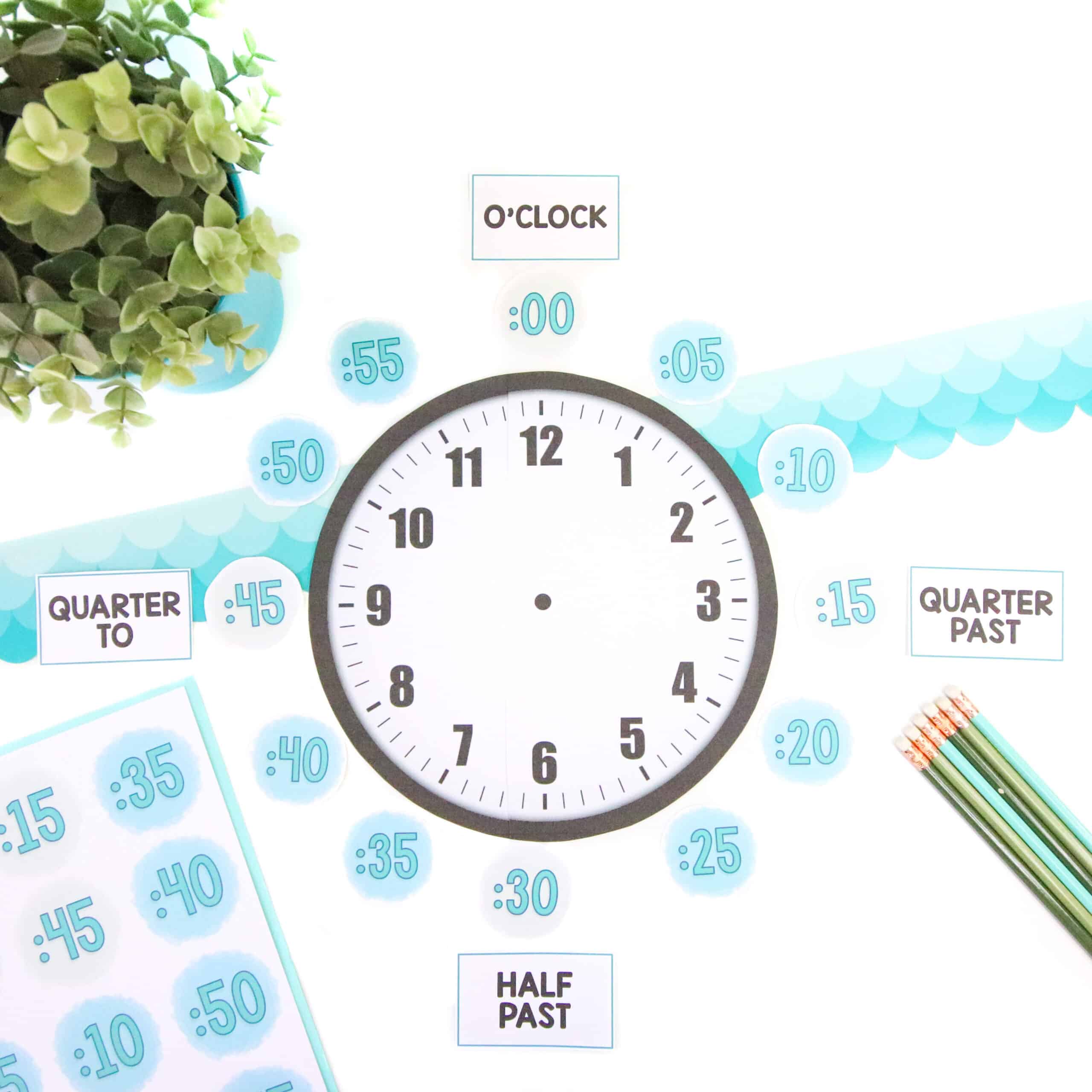Helping young learners stay organized during a multi-day project doesn’t have to be a challenge. With a little planning and visualizing, you can easily create organizational structures in your classroom that will help your students stay organized.
You no longer have to feel like the project has completely overtaken your learning environment. Four areas I urge you to consider when planning the logistics for your PBL unit include:
- Distributing Materials
- Organizing Work in Progress
- Tracking Student Progress
- Incorporating the Project into Your Schedule
This post includes affiliate links for which I may make a small commission at no extra cost to you should you make a purchase.
Distributing Project Materials
When prepping for your project, you can print all the materials students will need in order to complete the project and place them in a folder. On the project launch day, students label one pocket of the folder “Materials I’ll Need” and the other pocket “Work in Progress.” Using plastic folders like these is an investment at first, but saves a bundle in the long run because the material holds up strong and can be reused year after year.
Providing students with all the project materials at once works better for older elementary students, but can overwhelm younger students. If you find your group of learners needs more organizational support, then arranging the materials they’ll need in bins or drawers may be helpful. Placing materials for each major step of the project in a separate bin or drawer makes it easy for students to go to your project station and take what they need step by step. This approach to materials organization is also helpful for many students who are working to develop executive functioning skills.
Helping Students Organize Their Work in Progress
When working on a multi-day project in an elementary classroom, lost papers are a potential problem. There are a few organization systems to support your students in keeping their completed work organized.
Providing each student with a special project folder they keep in their desk, in a cubby, or turn in daily is a simple way to support their organization of work in progress. Using interactive modeling to teach younger students how to place papers carefully in their folder so their hard work stays in good condition over the course of longer projects is an important skill to teach. Keep in mind, if you have a student who always seems to turn in crumpled pages, they simply need to be taught how to care for their paperwork. This is not a skill we are born knowing, and it takes more practice and modeling for some.
Another option is to create a file crate where students store their progress each day. You can have students place their work inside a folder before placing it inside their file in the bin, or simply have them place their papers directly into their file. Again, taking time to model how to use a file bin will be an important project management lesson to incorporate into your project launch when teaching younger students.
Keeping Tabs On Student Progress
Creating a tracking sheet that allows you to see which part of the project each student in your class is working on helps to keep students from falling behind on their project pacing. An approach that has worked well in my classroom is to print a spreadsheet with all the student names along the left side and project checkpoints along the top of the page. Each day, I shade in which phase of the project students have completed. Using a different color pencil, marker, or highlighter each day makes it easy to see that I have checked in on each student’s progress.
The visual result of this type of tracking sheet also provides a quick reference for:
- Who may need to meet with me the following day to learn tips for moving along efficiently
- Who might get stuck or confused by a project step
- Who may speed through the project too fast without taking the time to dive deep and show a true mastery of the focus skills
You can attach this type of tracker to a clipboard and use it as you check in around the room during project work time. You can also hang it near your project work station, and students can fill in their own progress each day.
Incorporating Your PBL Unit into Your Math Schedule
Rather than thinking of your project-based learning unit as an add-on to your math curriculum, weave it into your current math structure. This could mean teaching your math lesson for the first portion of your math block, followed by a work session when all students in your class are working on their project. It could also mean tying it in with your guided math or Math Workshop structure.
In my classroom, we use the Math Workshop structure for our math block, and our Meet the Teacher rotation becomes a project help desk. I do not have any specific groups scheduled to see me for Meet the Teacher during our PBL units because I like the flexibility of calling students who need extra support to work with me each day. Most days, I note any small groups who seem to need help with the same part of our project so we can meet quickly to:
- Address student questions
- Model a particular project step
- Reteach a skill that will help students make progress
On other days, I move around the room and meet one-on-one with students to support their unique project needs. A tracking sheet, like the one above, helps me keep tabs on who I’ve met with, what day we met, and what we discussed. You can learn more about exactly how I incorporate PBL units into my regular Math Workshop structure in this post.
Ready to Organize Your Next Classroom Project?
When you take time to think through the four areas above, you and your students will be more equipped to stay organized during your project based learning unit. When everyone is on the same page, and when organizational structures are in place, projects feel more manageable, and student learning is easier to keep track of.
If you have questions about organizing project-based learning in your classroom, or if you have a valuable tip to share with our community, please comment below.
If you are interested in learning more about the projects I use in my classroom, check out the resources below.
This post contains Amazon Affiliate links to make it easier for you to find the supplies shared in this post. To see all my favorite Amazon finds, visit my Amazon Influencer page here.









